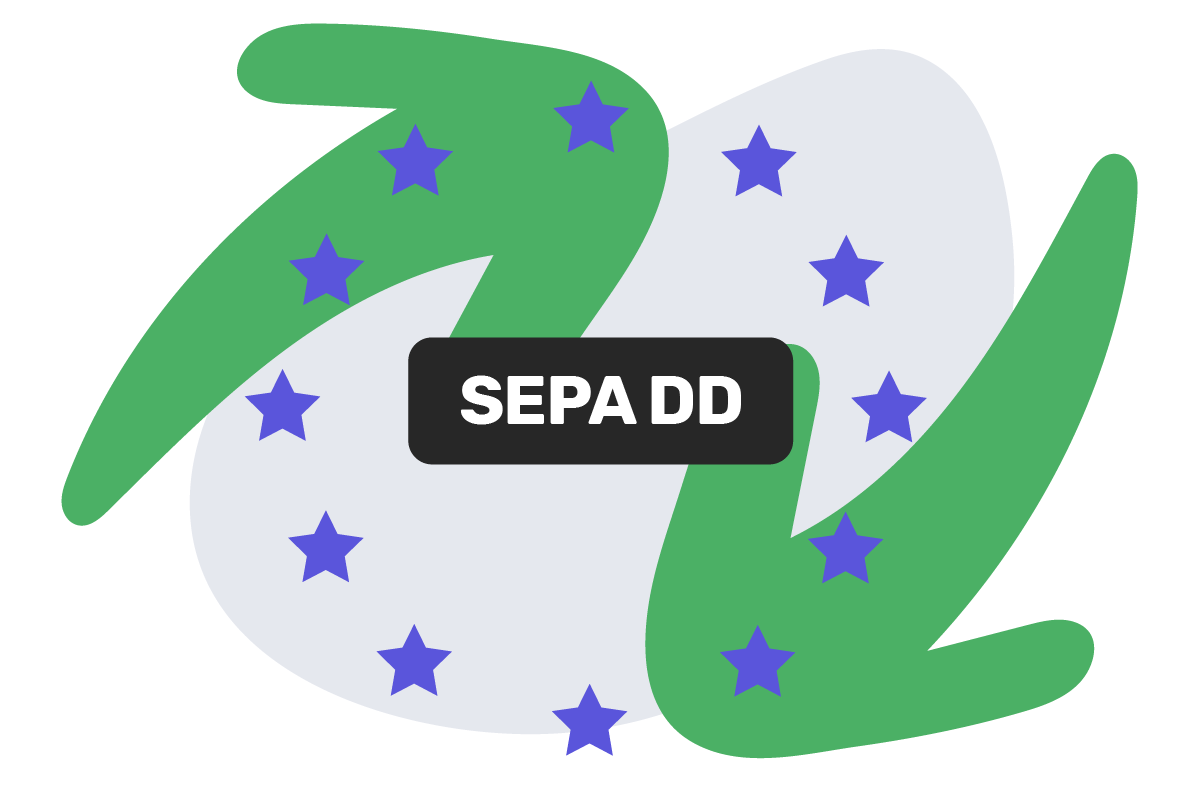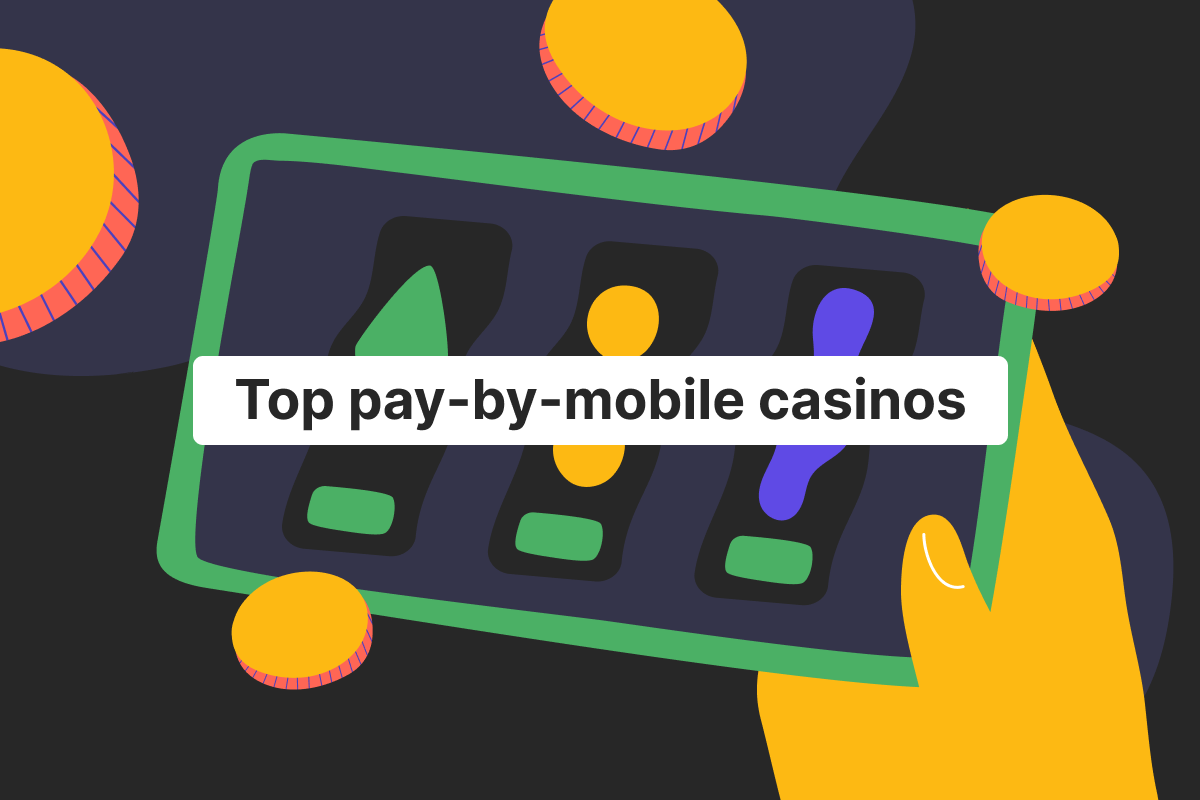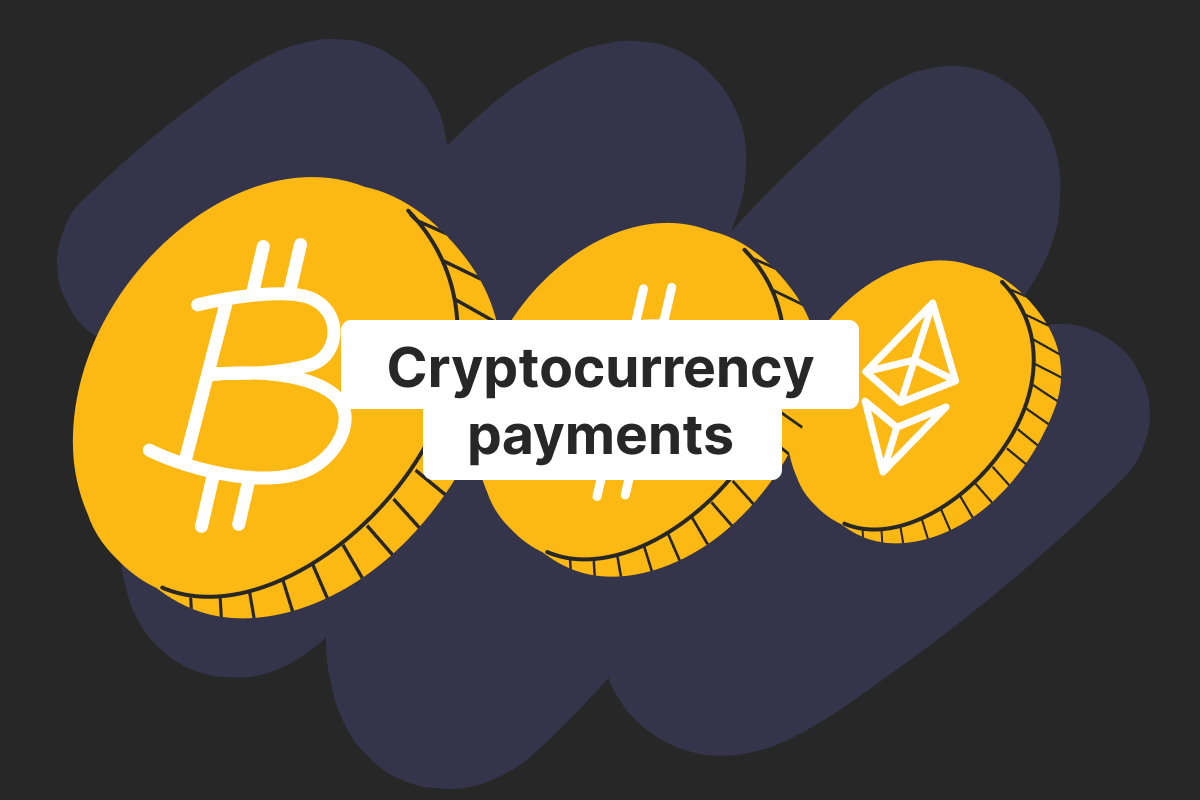Genome Blog / articles / What is SEPA Direct Debit?
Jun. 3, 2021
SEPA Direct Debit (aka SDD) is a pre-authorized payment option available in the eurozone. It works pretty much like all the other direct debit transactions, but these payments can only be denominated in euros within the SEPA area. Our blog post on Direct Debit provides detailed information on how such pre-authorized transfers are ordered and completed. And in this blog post, we will try to explain what are Core and B2B versions of the SDD Scheme and their advantages.
Main features of SEPA Direct Debit
Let’s look into what exactly is SEPA Direct Debit and how you can use it.
- First of all, we will explain SDD’s meaning. Like any other Direct Debit payment, is all about billers charging their payers.
- Secondly, this process only happens after signing a mandate – a special document containing all the rules and conditions.
- Thirdly, SDD works only through transfers, not card payments. It means that funds are wired from the payer’s account to the biller’s account with the help of banks, financial providers, and PSDs.
- SEPA Direct Debit transactions can only be instructed in EUR and between the countries that belong to the SEPA zone.
- It can be both one-time payments and recurring ones. Moreover, the sums of such transactions do not have to be the same every time but can be changed easily.
- When it comes to SEPA Direct Debit charges and timeframes, they are the same as with regular transfers. You can contact your financial provider to clarify this information as fees and timeframes for processing various transactions differ from PSP to PSP. Remember that SEPA DD payments are not as fast as card transactions, for example. So, if you need immediate clearing of funds and faster payment processing, it’s better to look for some other solutions.
The main benefits of SEPA Direct Debit
There are few significant pros of the SDD compared to the transfers you initiate yourself. To start with, let’s talk about safety when making direct debit payments in EUR. From both biller’s and payer’s sides, it’s their PSPs that are in charge of all the financial operations when it comes to direct debit. That is why PSPs are only cooperating with reliable and trustworthy billers. In case something goes wrong, the biller’s PSP will be responsible for covering the refund, so, they double-check their clients too. For the payer, it’s an additional layer of security as the chances to deal with fraudsters are very low.
Another obvious benefit of SEPA DD is convenience. Once the mandate is signed, you do not have to instruct transfers every month and enter all bank details risking making a mistake. The funds are withdrawn from your account automatically. Thus, you do not have to worry about forgetting to pay or being late with your transactions. A Direct Debit is a great option for paying bills but also works for one-off payments. For more information on how to cancel direct debit payments (better be prepared, just in case), look through our article.
If you’re still not sure if you want to use direct debit transactions, you can stick to making old good regular transfers. In Genome, we support both SEPA and SWIFT payments, as well as internal transfers that are free and instant. With Genome, you can also open personal, business, and merchant accounts to accept transactions from your clients. Check our website for more details.
SEPA Core Direct Debit and SEPA B2B Direct Debit
SEPA DD offers two schemes:
- SEPA Core Direct Debit (SDD Core)
- SEPA B2B Direct Debit (SDD B2B)
These versions were created to fit the needs of different payers and to simplify and smoothen the payment process. Currently, any bank or financial provider that supports SEPA Direct Debit is obliged to offer the SDD Core scheme. SDD B2B is not mandatory.
Both SDD Core and SDD B2B have the same processing time. That is, the funds should arrive at the biller’s account within 14 days after the payer was charged. In practice, money appears in the account within 5 business days. Similarly, in both schemes, it’s the biller who’s in charge of keeping the mandate and initiating changes (after the payer’s request) if needed.
Now, let’s find out how SEPA Direct Debit schemes differ from one another.
Main differences between the Core and B2B SDD
Under the SEPA Direct Debit Core scheme, payers can only be individuals. Under the SDD B2B version, the payers are only businesses or companies. Few more differences have to do with refunds and payment notifications.
With any direct debit payments, the biller is obliged to notify the payer beforehand about the date and sum of the transaction. Depending on your PSP, these notifications can be personalized or adjusted. Usually, such a warning can be done the earliest 14 days before the due date of the payment. SDD Core offers a shorter timeline for payout notification – 1 day before the funds are actually collected.
SDD Core has some serious advantages regarding refund policies. For example, within 8 weeks after the due date of the direct debit transfer, a payer is eligible to request a repayment without providing any reasons for this. However, this option only works for authorized transactions (the ones that are justified by mandate). When it comes to unauthorized payments (funds withdrawal has nothing to do with a signed mandate), a payer can apply for reimbursement within 13 months.
Under the SDD B2B version, a payer is not eligible for any refund if the transaction is authorized.
How to get started accepting SEPA Direct Debit payments
The whole process of setting up SEPA DD can be divided into a few stages and, what’s more important, does not require much effort from your side. Your PSP takes care of all the hassle if you’re both a payer and a biller.
- The first step is to get your client to sign a mandate. You can contact your PSP to help you with this. Usually, mandates are sent via emails, but some customers prefer to have them printed out and sent to them directly.
- After the mandate is ready, you can start accepting the SDD payments under the scheme that works best for you and your customers (either Core or B2B versions). Even though most of the steps are controlled by your PSP, we’ll go through all of them, so that you know what the whole process looks like.
- Payment notices should be also sent each time the funds will be taken from your client’s account. If the sum is the same every time, such notification can be sent closer to the direct debit due date. However, if the amount changes, it’s worth sending the notice beforehand, so that the customer is aware of amendments.
- As soon as the transaction is either successful or failed, your client will also receive a notification.
FAQ
What is SEPA Direct Debit?
To put it simply, SDD is a direct debit payment in the SEPA area. SEPA Direct Debit follows the same rules as all SEPA transfers: it can only be wired in EUR currency and has the same transfer limits and timeframes. Check our article SEPA transfers for more information on this.
How does SEPA Direct Debit work?
SDD works similarly to any other direct debit transaction. A biller and a payer sign up a mandate with all the regulations regarding funds withdrawal. Then, with the help of PSPs from both sides of a deal, money from the payer’s bank account is collected and moved to the biller’s bank account. A crucial thing to remember: SEPA DD only supports transfers, not card payments. That is why the whole process takes a few business days and has the same fees as other SEPA transactions.
There are two versions of SDD: SEPA Core and SEPA B2B schemes. They were tailored to provide services to different clients. SDD Core is for individual clients, while SDD B2B is for companies and businesses. Any PSP that offers SEPA DD services, supports the SDD Core scheme, but the B2B version is not required as of now.
Is SEPA Direct Debit safe?
SDD is probably one of the safest ways to make payments. The thing is that the PSPs of both biller and provider are integral parts of the process as a whole. It means that they are responsible for setting everything up and making sure that transactions are completed correctly and in a timely manner.
No wonder that PSPs want to cooperate and provide their services only with reliable billers (no matter if it’s a company or an individual). In the case of unauthorized transactions, it’s a payment provider that takes responsibility for causing damage and pays refunds.
Moreover, SDD has incredible refund policies, especially under the Core scheme. For instance, under this version of SEPA DD, a payer can ask for reimbursement without any reason during 8 weeks after the transaction was made.
How to set up a SEPA Direct Debit?
The first step to set up SDD is arranging a mandate. A customer has to sign this document and, in such a way, show that they agree with all the conditions. All the next steps do not require direct involvement neither from the payer nor from the biller. The PSPs from both sides take care of the timing, withdrawing funds from accounts, and wiring them through. If you want to make some changes under any of the SDD schemes, you should also contact your financial provider.





